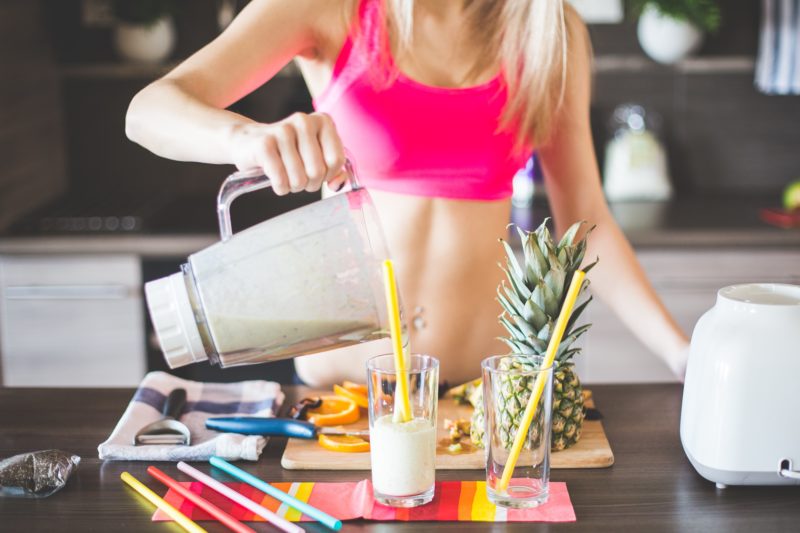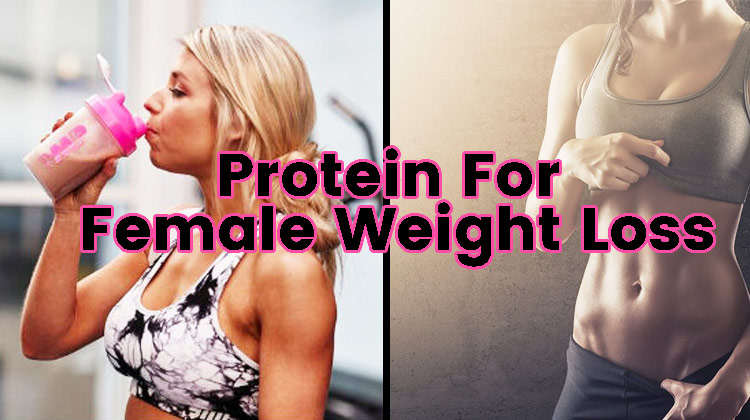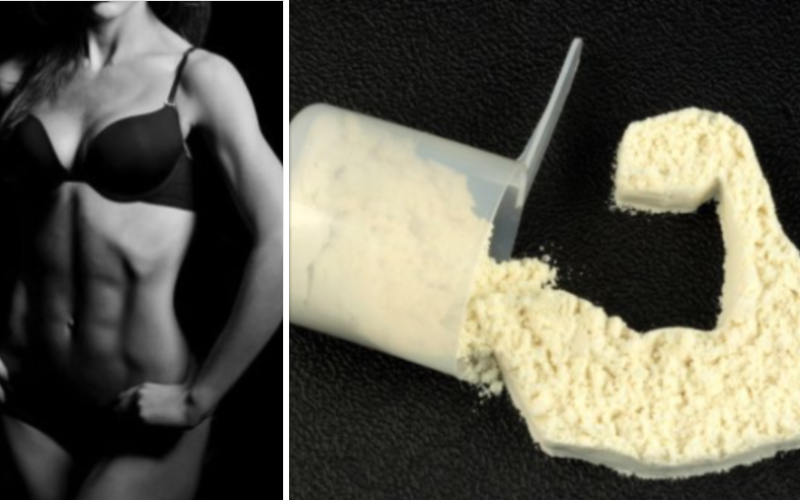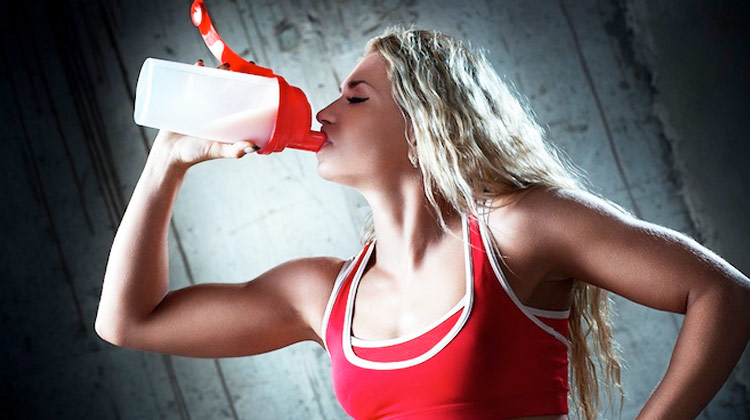
Protein Powder For Womens Health or Female Weight Gain
Many people who begin their fitness journey treat protein powder like the ‘magic’ ingredient for success.
Why? Because they’re told that protein is the most important factor for muscle gain.
While you do need a certain amount of protein per day to acheive your fitness goals – it’s not as much as some people think.
If you’re shocked to hear that you don’t need protein powder, then this article is for you.
Check it out:
Do Females Need Protein Powder?
Right, we’ve all been guilty of believing that protein powder was necessary to build muscle.
In fact, before we learned about nutrition, we didn’t think it was possible to achieve your target daily protein intake without drinking protein shakes.
But there’s a number of problems when relying on protein powder – so we’ll take you through each one below…
Don’t Forget Your Diet!
Many girls think that they can be more relaxed about their diet when taking protein shakes.
When aiming to gain weight and pack on muscle, it’s true you need to increase your calorie intake. However, you risk adding more body fat to your figure when forgetting to follow a clean diet.
So remember; it’s not all about protein. In fact, when aiming to build muscle – carbs and healthy fats play an important role in helping you achieve your dream figure.
Protein Powders Add Calories
There are many protein powders that contain more calories than you think.
For example, Optimum Nutrition’s ‘Serious Mass’ protein powder contains 1250kcal per serving.
This is a HUGE amount of calories to consume, and can cause you to add unwanted body fat to your figure if you’re not careful.
Ultimately, some females forget that protein powders add calories to your diet. So remember to factor it in.
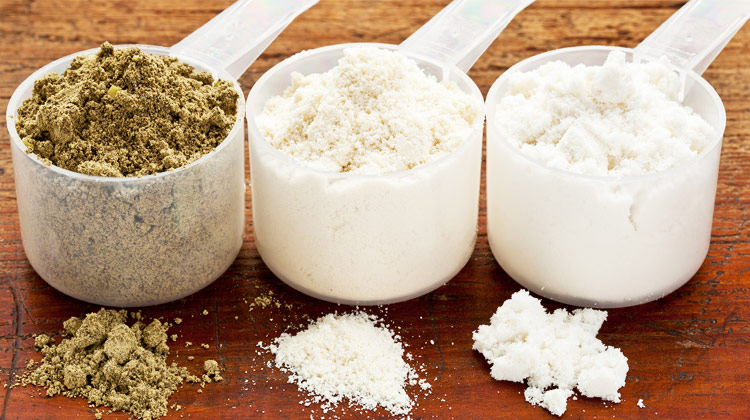
You Can Consume Enough Protein From Your Diet
We’ll admit that protein powders are useful for one thing; if you’re in a rush and don’t have time to eat 4-5 meals per day, they can be an easy, quick protein source.
However, it’s possible to consume enough protein from your meals. Think about it; 1 chicken breast contains around 33g protein per 100g (which is 165kcal).
Considering you can get chicken breasts weighing 230g each, that’s alot of protein.
Not Getting Enough Fibre
When consuming protein shakes and only focusing on protein intake, it’s easy to forget about your fiber intake.
Simply put, if you don’t consume enough fiber per day, you can suffer from conditions such as gastrointestinal distress.
This links back to the first point – don’t forget your diet. Remember that a well-balanced diet is essential for health and muscle growth, so focus on consuming vegetables too as much as drinking protein shakes.
Your Protein Target Is Lower Than You Think
This is the biggest point of this article. Many people believe the more protein they consume, the better.
But here’s the truth; your body only needs a certain amount to build muscle – anything over this is simply adding calories to your diet.
So how much protein do females need to gain muscle? Answer: around 1g protein per lb bodyweight.
As a result, a women weighing 75kg (145lbs) would only need to consume 2.5 chicken breasts per day to reach this target – which is less than 1 chicken breast per meal.
We accept that chicken can get boring though, so we’ll list other high-protein food sources below.
High Protein Foods
1. Chicken Breast

Since we’ve already mentioned chicken, we’ll get this over with quickly.
Chicken is probably most bodybuilder’s favorite protein source – and we know that people in the UK love it too (thanks to Nandos).
Protein: 33g per 100g chicken breast
2. Shrimp

We’ll admit that shimps can be more expensive than chicken – if you want to consume the same amount of protein.
However, it’s a great protein source when you want to take a break from your daily chicken meals.
Protein: 24g per 100g shrimp
3. Cod

The second seafood on this list, cod is a great white-fish that you can consume everyday (due to containing a low level of contaminates).
It’s also fairly cheap if you buy frozen cod, so there’s no excuse to add this into your diet.
Protein: 18g per 100g
4. Beef
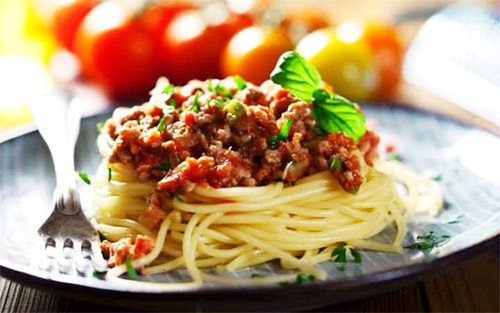
You shouldn’t eat too much red meat. But beef is a great addition to any diet, once or twice per week.
As ground beef is usually the cheapest form, we’ll provide the info for this below.
Protein: 26g per 100g
5. Tofu

Just in case you’re a vegetarian reading this article, we’ve included tofu here. But this is also a great protein source for meat-eaters too!
What is tofu? Answer: it’s a soy-based protein source that’s shown to lower bad cholesterol and is low in fat.
You do need to eat more tofu than meats to consume the equivalent protein. But as it’s cheaper than meat, this shouldn’t be a problem.
Protein: 8g per 100g.
Summary
Although protein powder can be useful when you’re rushing during the day, you may not need it.
Why? Answer: Because it’s possible to consume your target protein intake through a well-planned diet (which everyone should be following anyway).
The average female only needs 2.5 chicken breasts per day. But remember that vegetables such as brocolli also contain good amounts of protein = so chances are, you’ll only require 2 chicken breasts per day to consume enough protein for weight gain.
In fact, relying solely on protein powder will lead to you not consuming enough fiber (which is essential for digestive health).
Bottom Line: You should be getting enough protein from a well-planned diet, instead of relying on protein powders.
